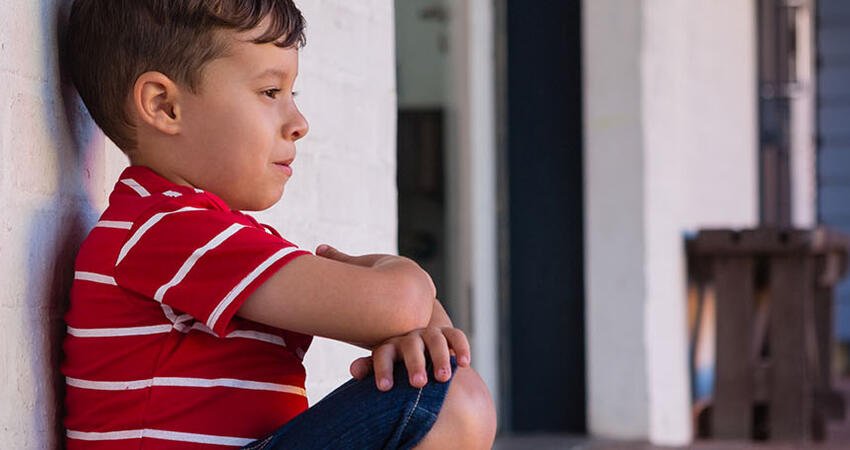
How Many Children Experience Eviction During Childhood?
- Title:
- How Many Children Experience Eviction During Childhood?
- Author:
-
Ian Lundberg, Louis Donnelly
- Source:
-
Demography
- Publication Date:
-
2018
Evictions are destabilizing events that increase families’ financial stress and strip away the psychological and physical security of having a home. These effects are particularly traumatizing for children, who often suffer emotionally and academically. While these negative consequences are well researched, little evidence exists to estimate the number of children who are evicted during childhood. To help fill this knowledge gap, this study calculates the proportion of children born in large US cities between 1998 and 2000 who were evicted from their home by age 15.
To conduct the analysis, researchers analyzed data from the Fragile Families and Child Wellbeing Study—a population-based study of nearly 5,000 children born in large cities between 1998 and 2000, three-quarters of whom were born to unmarried parents. The study surveyed the families when their children were 1, 3, 5, 9, and 15 years old, inquiring about their health, employment, family dynamics, and neighborhood characteristics. The study is one of the few longitudinal studies to include a question on eviction, asking participants whether they were evicted from their home or apartment in the past 12 months for not paying the rent or mortgage on time.
The authors used these data to measure the prevalence of evictions among children in the largest cities in the United States. Given that evictions were only recorded during survey years and the survey only reported formal evictions that resulted from late payments, researchers used additional data sources and a regression model to fill in the gaps. They conducted three separate analyses—the first calculated the sum of reported evictions across the study, the second accounted for participants who did not respond to the survey by inferring their eviction record based on the responses of similar families in the data; and the third built off the second by including a regression model to capture the unobserved evictions during nonsurvey years. Researchers broke down the resulting estimates by income and race.
Key findings
- The first estimate, which calculated the sum of reported evictions across the study, revealed that 7.9 percent of children experienced eviction by the age of 15.
- The second estimate, which accounted for the unreported evictions during survey years, revealed that 9.2 percent of children experienced eviction by the age of 15.
- The final estimate, which accounted for unreported evictions during survey years and the unobserved evictions during off years, revealed that 14.8 percent of children experienced eviction by age 15.
- More than one in four children in families living below the federal poverty line experienced an eviction by age 15; 28.9 percent of children in families living below 50 percent of the federal poverty line experienced an eviction, and 25.6 percent of those living between 50 and 100 percent of the federal poverty line experienced an eviction.
- Among high-income families making more than 300 percent of the federal poverty level, 4.7 percent of children experienced an eviction by age 15.
- Children born to Black mothers and Hispanic* mothers were more likely to experience eviction than children born to white mothers or mothers of other racial and ethnic backgrounds (19.2 and 16.7 percent compared with 11.3 percent, respectively)
- The prevalence of eviction and its unequal burden on low-income families and families of color support the growing body of evidence that suggests eviction plays a critical role in perpetuating poverty and spatial inequality.
*The How Housing Matters editorial team decided to use the terms “Hispanic” to refer to people of Latin American origin, in alignment with the terminology used by the authors of the study. We recognize that the term “Latinx” is more inclusive of the way this group may self-identify. How Housing Matters strives to avoid language that is exclusive and will always attempt to explain the editorial rationale behind the labeling of certain groups.
Photo by wavebreakmedia/Shutterstock


